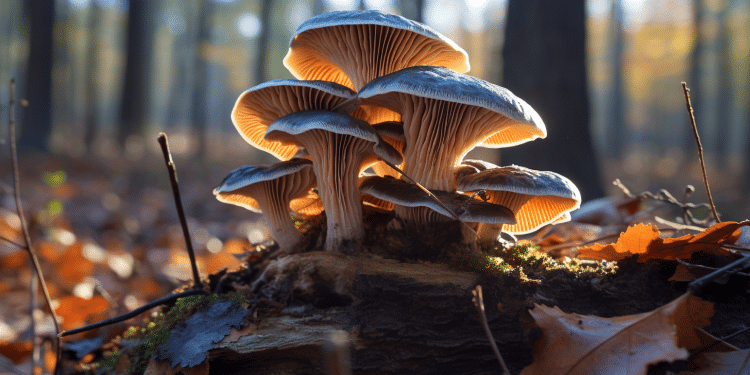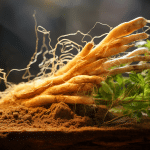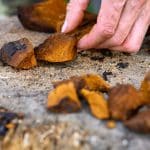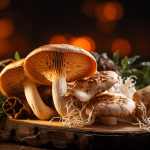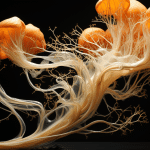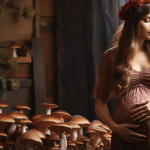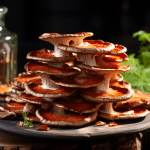The false turkey tail mushroom is a type of fungus that grows on trees. But can you eat false turkey tail mushroom? It has a conical shape and a brownish color, and it can be mistaken for the true turkey tail mushroom. The false turkey tail mushroom is edible, but it is not as flavorful as the true turkey tail mushroom. It is also not as nutritious. False turkey tail mushrooms can be found in North America, Europe, and Asia.
This bogus turkey tail mushroom may be found on hardwood logs at any time of the year. Stereum ostrea’s fan-shaped shape and circular orange and brown zones offer it a resemblance to the genuine Turkey Tail, Trametes versicolor. T. versicolor and S. dendritica, the “False Turkey Tail,” share a smooth underside that distinguishes them from T. versicolor.
The False Turkey Tail, also known as the False Turkey Tail or the Frogfish, resembles a turkey’s tail because of its resemblance to the Turkey Tail. It is fan-shaped and fastened to the ground in the middle. The fan is a medium-sized mushroom, growing 1-7cm (0.5-3in) in width and frequently producing mushrooms on the upper end of that range. The fan generally bends up, making it look somewhat like a half of a funnel or an upside down oyster shell (which is referred to by the specific name ostrea. The stems usually grow in tight clusters. They are hard, leathery, and generally no more than a few millimeters thick. S. ostrea produces many fruiting bodies close together quite frequently, but the mushrooms are typically separated far enough apart that they do not meld together.
The top surface is divided into concentric zones that are very similar to the pattern on a turkey’s tail. S. ostrea may be yellow, tan, or brown with orange and red zones. Fresh mushrooms often have a white rind. The hues fade with time, and older specimens are typically shades of white or green. The green hues on False Turkey Tail mushrooms are caused by algae that have taken up residence on the dried-up top layer of old mushrooms. The top surface may be fuzzy or smooth, although mushrooms in general are hairy when they are young and become less so as they mature. In my experience, the largest mushrooms barely have any hairs at all.
Learn More:
Can I cook with turkey tail mushroom?
Does Turkey Tail Mushroom Grow in Michigan?
The False Turkey Tail has a smooth underside while the underside of the real Turkey Tail is covered in tiny pores, as opposed to the True Turkey Tail, which has a rough undersurface. The ostreatus is a fungus that lives on the surface of the shell, hence it lacks pores/gills/teeth or any other modifications to its spore-producing surface. S. ostrea’s fertile surface is simply smooth instead of porous, gill-like, or toothlike. The lower surface, like the upper one, is colored similarly to the top, although the colors are less intense and the zones are considerably less visible.
The fungus that causes white rot in the shell of US oysters is occasionally seen growing on hardwood logs throughout the world. The fungus primarily decays lignin and leaves patches of white, fibrous cellulose as a result of its presence.
You can find our favorite capsules, powders, and tincture’s on the following pages of our website and learn more about each individually:
Best Turkey Tail Mushroom Supplement
Best Turkey Tail Mushroom Powder
Best Turkey Tail Mushroom Tincture
